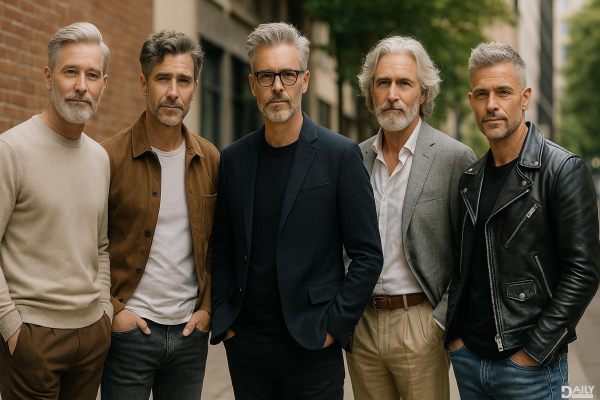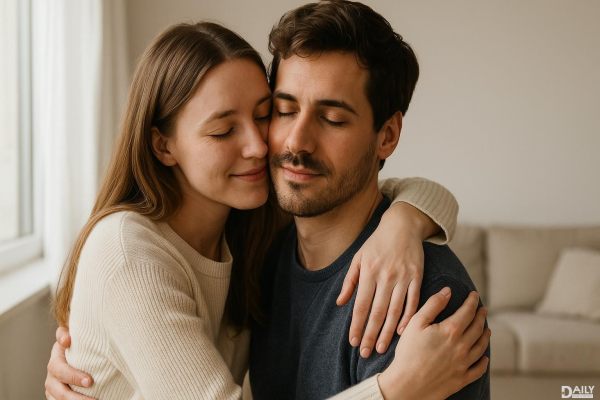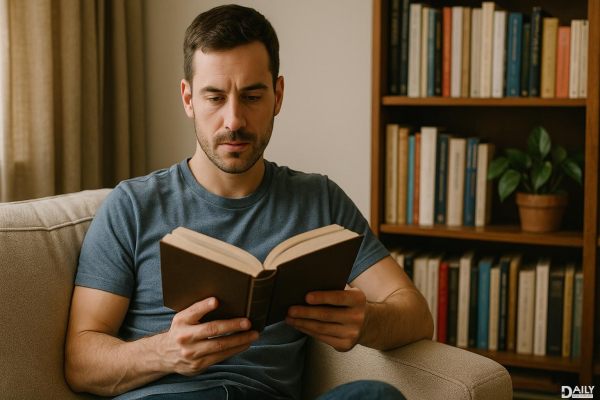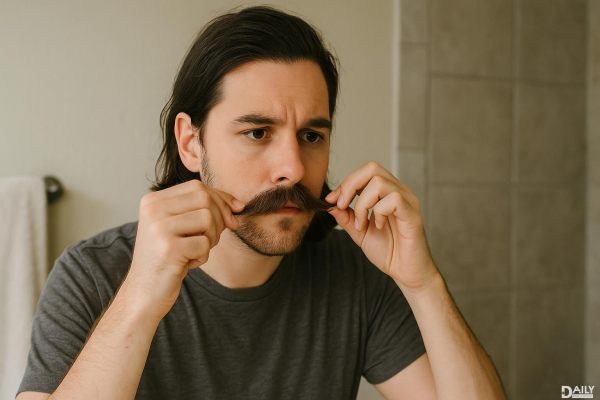There’s no magic potion, but the secret behind men’s perfume lies in a mix of science, psychology, and good old-fashioned craftsmanship. It’s not just about smelling nice—it’s about creating an aura, a vibe that lingers in the air and leaves an impression. The right scent can make a guy unforgettable, whether he’s walking into a boardroom or a bar. And let’s be real, there’s something undeniably magnetic about a man who smells like he’s got his life together.

Perfume isn’t just random chemicals thrown together—it’s a carefully orchestrated symphony of top, middle, and base notes designed to evolve over time. Top notes hit you first, usually bright and fresh (think citrus or bergamot), but they fade fast. Middle notes, or "heart notes," kick in next, bringing warmth with spices, woods, or florals. Then come the base notes—the heavy hitters like sandalwood, musk, or vanilla—that stick around for hours, embedding themselves in your memory. The brain’s olfactory system is wired to link scents with emotion, which is why a whiff of the right cologne can trigger attraction, nostalgia, or even confidence.
Smell is the only sense directly connected to the limbic system, the part of the brain that handles emotion and memory. That’s why a scent can make someone seem more attractive without them saying a word. Studies show that certain notes—like vetiver, oud, or amber—subconsciously signal masculinity, stability, and even status. It’s primal: our noses pick up on pheromone-like compounds, making us associate a great fragrance with genetic fitness. Basically, if a guy smells like a forest fire mixed with leather and a hint of danger, our brains go, “Yep, that one.”
Creating a killer men’s fragrance isn’t just about throwing in “manly” ingredients. Perfumers balance freshness with depth, sweetness with spice, and lightness with intensity. Take classic scents like Dior Sauvage or Chanel Bleu—they’re bold but not overpowering, sophisticated but not stuffy. The magic is in the contrast: a burst of citrus to grab attention, smoothed out by creamy tonka bean or smoky cedar. And let’s not forget the alcohol base, which helps the scent diffuse evenly, so it’s not just a blast of odor but a slow, seductive reveal.
Trends in men’s fragrances shift with the times. In the ’80s, it was all about power scents—heavy musks and oakmoss that screamed Wall Street. Today, clean, aquatic notes (thanks, Calvin Klein’s “Eternity”) and Middle Eastern-inspired oud rule. Geography plays a role too: European fragrances lean elegant and understated, while American scents often go fresh and sporty. Meanwhile, niche perfumers push boundaries with weird-but-wonderful combos like leather and whiskey or salt and seaweed. The best scents don’t just smell good—they tell a story about the man wearing them.
Even the most expensive perfume can backfire if applied like bug spray. The golden rule? Less is more. Spritz on pulse points (wrists, neck, behind the ears) where body heat amplifies the scent. Don’t rub it in—that breaks down the molecules and dulls the fragrance. And for the love of all things holy, avoid the “cloud walk” (spraying and walking through it). That’s a rookie move that wastes product and annoys everyone in a five-foot radius. A great scent should be discovered, not announced.
So, what’s the real secret? It’s not just about the juice in the bottle—it’s about how it makes you feel. A well-chosen fragrance boosts confidence, sparks curiosity, and, yeah, might just make you a little harder to forget. Whether it’s a $30 drugstore gem or a $300 luxury splurge, the right scent is like a signature—uniquely, irresistibly yours.
























